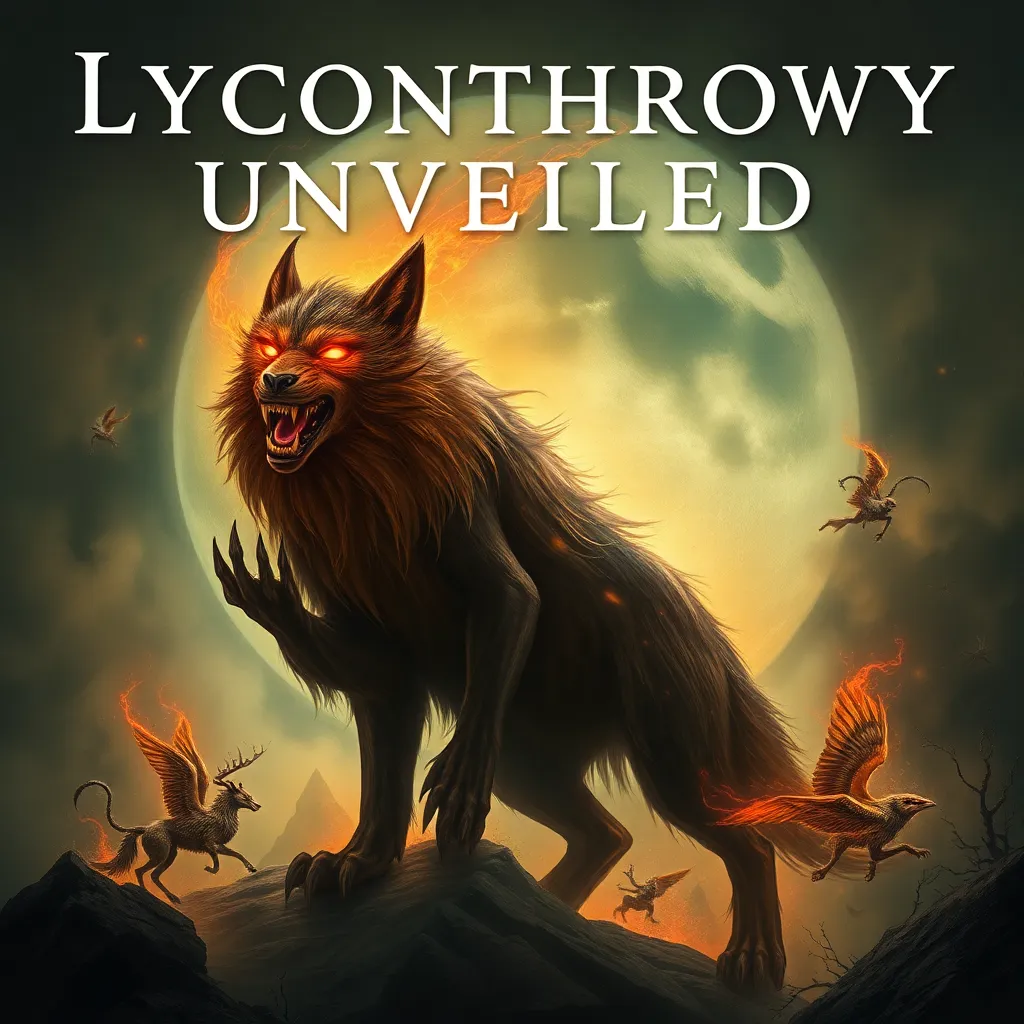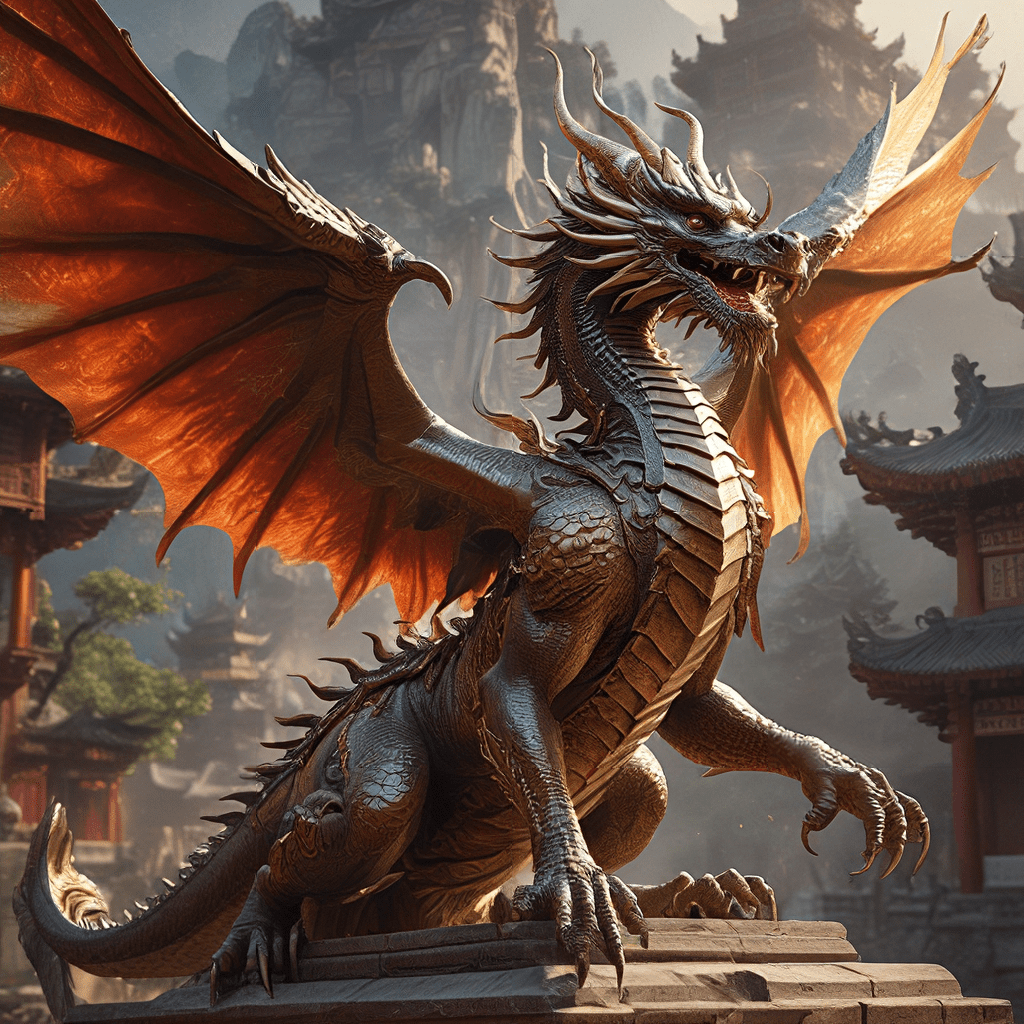Pegasus in Art and Literature: A Journey Through Timeless Representations
I. Introduction
Pegasus, the winged horse of Greek mythology, stands as one of the most iconic figures in ancient lore. Known for its majestic appearance and its ability to soar through the skies, Pegasus has captivated the imagination of artists and writers for centuries. The significance of this mythological creature extends beyond its enchanting form; it symbolizes inspiration, freedom, and the transcendence of the human spirit.
This article aims to explore the various representations of Pegasus in art and literature throughout history. By examining its origins, evolution, and cultural impact, we will uncover the enduring legacy of Pegasus as a timeless symbol that continues to inspire creativity and wonder.
II. The Origins of Pegasus in Greek Mythology
A. The birth of Pegasus from Medusa’s blood
The tale of Pegasus begins with a tragic story. According to Greek mythology, Pegasus was born from the blood of Medusa, a Gorgon whose gaze could petrify anyone who looked at her. When the hero Perseus beheaded Medusa, Pegasus emerged alongside his brother Chrysaor. This miraculous birth underscores the duality of beauty and horror that often characterizes mythological narratives.
B. Role in the myths of Bellerophon and the Chimera
Pegasus is best known for his association with the hero Bellerophon. This brave warrior sought to defeat the fearsome Chimera, a monstrous creature with the head of a lion, the body of a goat, and a serpent for a tail. With the help of Pegasus, Bellerophon was able to soar above the Chimera, ultimately vanquishing the beast. This story not only highlights Pegasus’s role as a steadfast companion but also emphasizes themes of bravery and heroism.
C. Symbolism of Pegasus in ancient Greek culture
In ancient Greece, Pegasus was revered as a symbol of inspiration and artistic creativity. The winged horse was often associated with the Muses, the goddesses of the arts and sciences. It represented the heights of poetic inspiration, serving as a metaphor for the creative process. Thus, Pegasus became a powerful emblem of the connection between the divine and the artistic.
III. Pegasus in Classical Art
A. Depictions in ancient pottery and sculpture
Throughout antiquity, Pegasus was frequently depicted in various forms of art. Ancient pottery often featured scenes of Bellerophon riding Pegasus into battle against the Chimera. Sculptures, too, captured the elegance of the winged horse, showcasing its grace and power. These artistic representations not only celebrated the myth but also served as a means of storytelling, conveying the rich narratives of Greek mythology.
B. Renaissance rediscoveries and reinterpretations
The Renaissance marked a significant resurgence of interest in classical mythology. Artists such as Sandro Botticelli and Jean-Baptiste Carpeaux reinterpreted the figure of Pegasus, integrating it into their works. Botticelli’s “The Birth of Venus” includes a subtle reference to Pegasus, while Carpeaux’s sculpture “The Dance of the Hours” showcases the creature’s ethereal beauty. These reinterpretations reflect the timeless fascination with Pegasus and its enduring appeal in the realm of art.
C. Analysis of key artworks featuring Pegasus
- Botticelli’s “The Birth of Venus”: A delicate portrayal that hints at the beauty of mythical creatures.
- Carpeaux’s “The Dance of the Hours”: A dynamic sculpture that captures the energy and elegance of Pegasus.
- Giorgione’s “The Tempest”: Featuring a winged figure reminiscent of Pegasus, illustrating the interplay between nature and mythology.
IV. Pegasus in Literature: Classical to Modern
A. References in ancient texts (e.g., Homer, Hesiod)
Pegasus appears in several classical literary works. Homer’s “Iliad” and Hesiod’s “Theogony” both mention the winged horse, emphasizing its divine origins and heroic associations. In these texts, Pegasus serves as a symbol of the heroic ideal, representing the lofty aspirations of the characters involved.
B. Evolution of Pegasus in medieval literature
During the medieval period, Pegasus continued to inspire writers and poets. The creature was often featured in chivalric romances and allegorical tales, where it symbolized the quest for knowledge and enlightenment. Works such as “The Divine Comedy” by Dante Alighieri incorporated Pegasus as a representation of divine inspiration and the ascent toward higher truths.
C. Contemporary literary representations and adaptations
In modern literature, Pegasus has been reimagined in various genres, from fantasy novels to children’s books. Authors like Rick Riordan have popularized the character in series such as “Percy Jackson & The Olympians,” where Pegasus embodies themes of friendship and loyalty. These contemporary adaptations highlight the creature’s versatility and relevance in today’s storytelling landscape.
V. Pegasus as a Symbol of Inspiration and Freedom
A. The association of Pegasus with the Muses and creativity
Pegasus’s connection to the Muses reinforces its status as a symbol of artistic inspiration. The winged horse is often depicted alongside these goddesses, emphasizing the link between creativity and the divine. Artists and poets have long sought to harness the spirit of Pegasus, using its imagery to evoke feelings of transcendence and artistic ambition.
B. Interpretation of Pegasus as a symbol of transcendence
Pegasus also represents the aspiration to transcend earthly limitations. Its ability to fly symbolizes freedom, not only in a physical sense but also in a metaphorical one. This idea resonates across various artistic and literary movements, reflecting the human desire to rise above challenges and achieve greatness.
C. Examples from various artistic and literary movements
- Romanticism: Emphasized the emotional connection to nature and the sublime, often invoking Pegasus as a symbol of creative freedom.
- Surrealism: Artists like Salvador Dalí used Pegasus to explore the subconscious mind and dreams, representing the liberation of imagination.
- Modern poetry: Poets such as John Keats and William Wordsworth utilized the imagery of Pegasus to convey the ethereal nature of inspiration.
VI. Pegasus in Popular Culture
A. Representation in modern media (films, television, etc.)
Pegasus has found a prominent place in modern media, appearing in films, television shows, and video games. From animated features like “Hercules” to live-action adaptations, the winged horse continues to capture the hearts of audiences worldwide. These portrayals often emphasize the friendship between Pegasus and heroic characters, reinforcing its role as a loyal companion.
B. Influence on fantasy literature and role-playing games
The influence of Pegasus extends into the realm of fantasy literature and role-playing games, where it serves as a recurring motif. In games like “Dungeons & Dragons,” Pegasus is often depicted as a noble steed, embodying the ideals of heroism and adventure. Fantasy authors frequently draw on Pegasus’s rich mythology to create compelling narratives that resonate with themes of bravery and exploration.
C. The enduring legacy of Pegasus in contemporary storytelling
The cultural significance of Pegasus endures in contemporary storytelling, serving as a bridge between ancient myths and modern narratives. Its ability to inspire creativity and evoke a sense of wonder ensures that Pegasus remains a vital part of our cultural lexicon. The winged horse continues to symbolize the limitless potential of the human imagination.
VII. Comparative Representations of Pegasus Across Cultures
A. Similar mythological figures in other cultures
Pegasus is not unique to Greek mythology; various cultures have produced similar mythological figures. For instance, in Persian mythology, there is the “Winged Horse” that shares traits with Pegasus, symbolizing speed and divine connection. Similarly, in Hindu mythology, the horse “Uchchaihshravas” is depicted as a celestial being associated with the gods.
B. Cross-cultural influences and adaptations of Pegasus
The story of Pegasus has transcended cultural boundaries, influencing art and literature across different societies. The themes of freedom and inspiration resonate universally, leading to adaptations that reflect local traditions while retaining the essence of the original myth.
C. Analysis of thematic similarities and differences
- Freedom and Inspiration: Common themes in the representations of winged horses across cultures.
- Heroism: Many cultures depict their winged horses as companions




